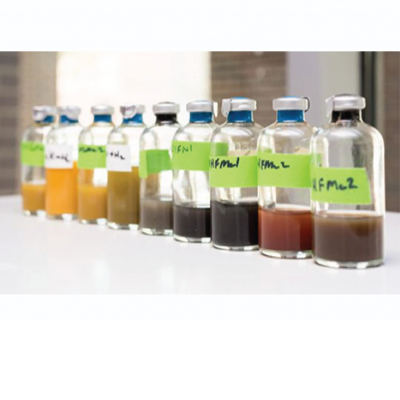
The Glass group at Georgia Tech investigates how microbe-metal interactions contributed to maintenance of habitable conditions on Earth, and how the environment influences those microbial metabolisms in return. Why would we focus on the microbial world? The Earth has been constantly inhabited for four billion years. For three-quarters of that time, life was solely microbial. During the first billion years of Earth history, single-celled life emerged from an abiotic landscape. Early life assembled extremely complex molecular machines, metalloenzymes, to catalyze the biochemical reactions that form the basis of metabolisms. For example, ferrous iron was abundant on the young, oxygen-free Earth. Primitive microbes likely used this iron as a source of energy by harvesting the chemical energy of adding and removing an electron from iron, cycling between soluble ferrous iron and insoluble ferric minerals. Life’s nearly universal requirement for iron as a micronutrient is a vestige of its evolution on the anoxic and iron-rich early Earth. For the ensuing four billion years, microbial metalloenzymes have driven global biogeochemical cycles, transforming elements between toxic/non-toxic, oxidized/reduced, and gaseous/liquid/solid forms. These connections are woven into the fabric of the Glass research group, which examines the interplay between the stunningly diverse, vibrantly alive microscopic world, and the global landscapes where these microbes find new and surprising ways to make a living. The Glass lab’s research findings suggest that anoxic iron-rich ancient seas emitted significantly higher atmospheric fluxes of two greenhouse gases — methane and nitrous oxide — than today’s anemic oceans. Nitrous oxide likely played a key role in the evolution of aerobic respiration.
